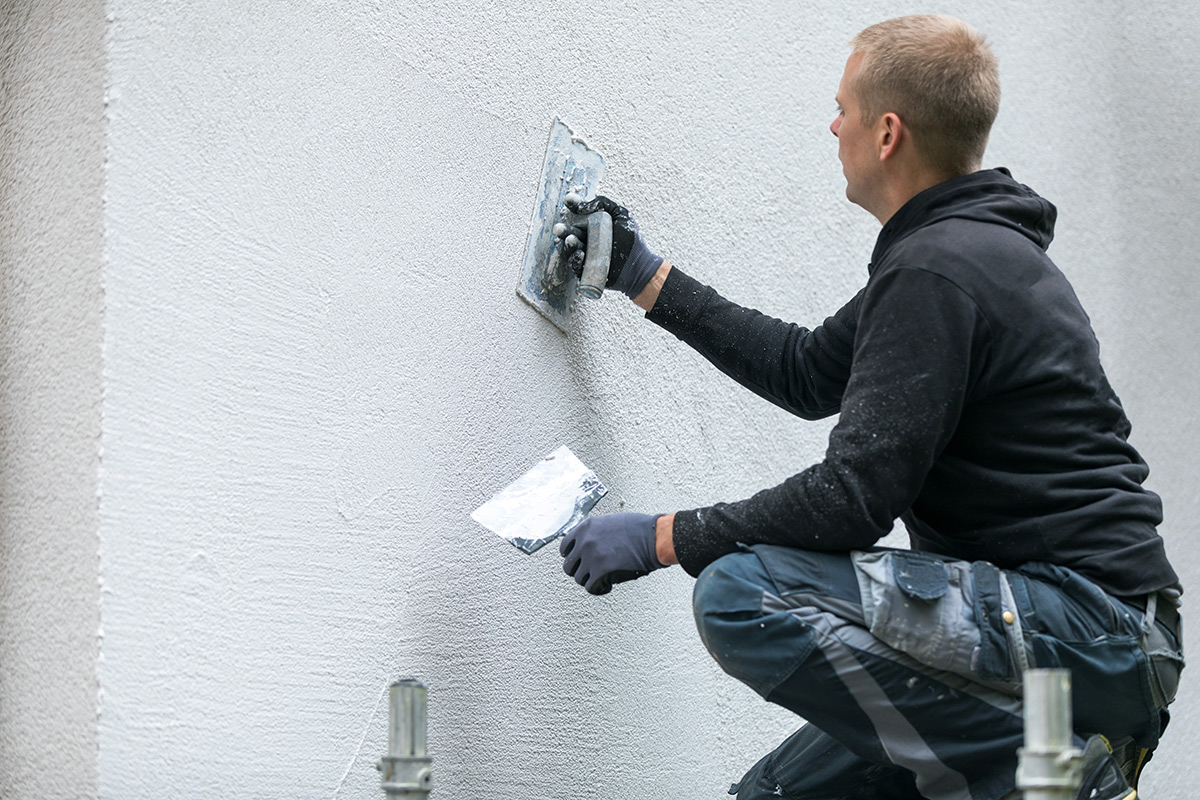Lime mortar has been used in construction for centuries, but why is it so expensive compared to other building materials? The answer lies in the unique properties of lime and the traditional manufacturing process.
Firstly, lime mortar is made from natural materials, including limestone and water. The manufacturing process involves burning limestone at high temperatures to produce quicklime, which is then mixed with water to create lime putty. This putty is then mixed with sand to create lime mortar. The process is time-consuming and requires skilled labor, which contributes to the higher cost.
Secondly, lime mortar has unique properties that make it ideal for historic buildings and restoration projects. It is breathable, allowing moisture to escape from the walls, which prevents damage from trapped moisture. It is also flexible, which means it can move with the building and prevent cracking. These properties make it a superior choice for traditional buildings, but they also contribute to the higher cost.
Thirdly, the demand for lime mortar is relatively low compared to other building materials, which means there are fewer manufacturers and suppliers. This lack of competition can drive up the cost of lime mortar.
Finally, the cost of transportation and storage can also contribute to the higher cost of lime mortar. It is a heavy material that requires careful handling and storage to prevent it from drying out or becoming contaminated.
In conclusion, the cost of lime mortar is a reflection of its unique properties, traditional manufacturing process, and limited availability. While it may be more expensive than other building materials, it is a superior choice for historic buildings and restoration projects. By understanding the cost of lime mortar, builders and architects can make informed decisions about the materials they use in their projects.
